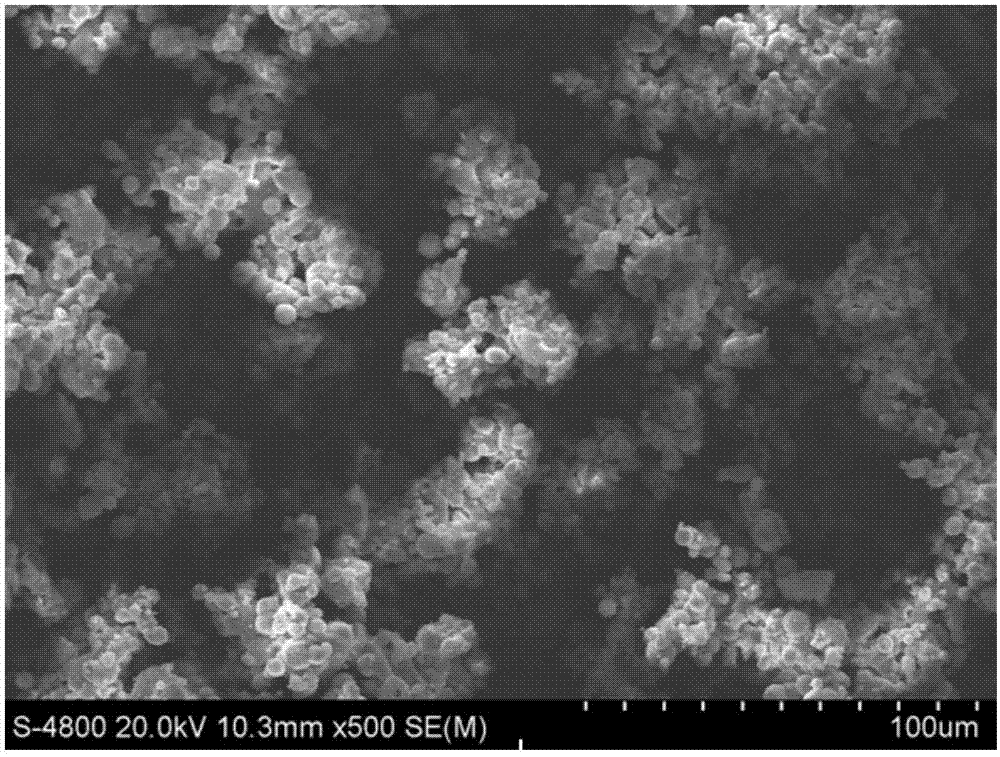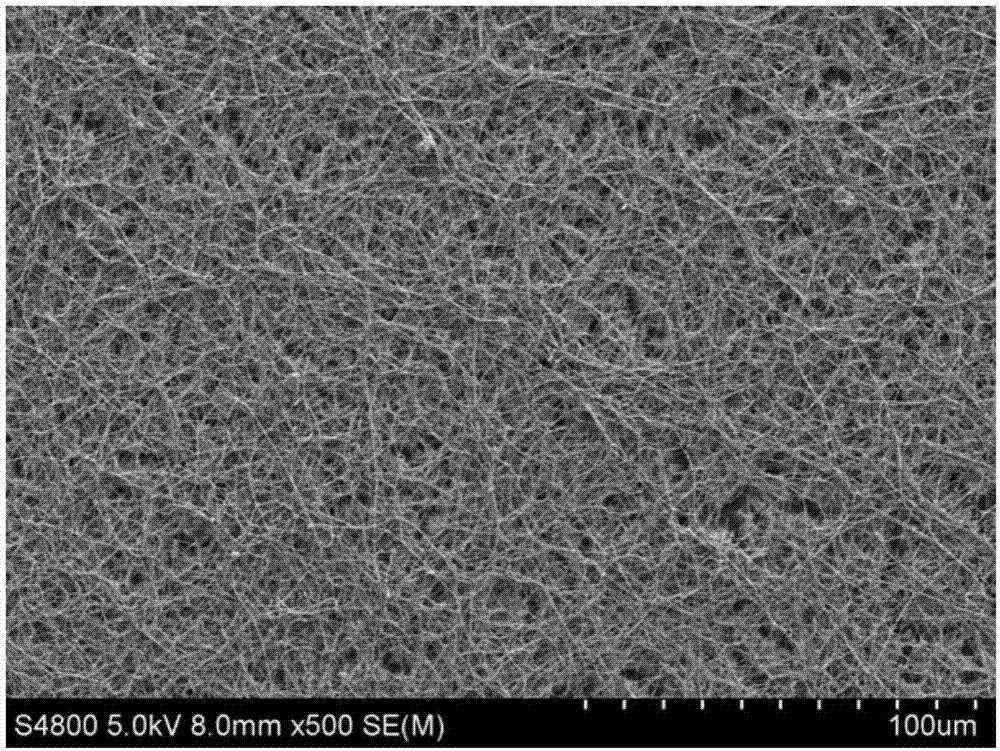Method for inducing oriented differentiation bone marrow mesenchymal stem cells into osteocytes
A bone marrow mesenchymal, directed differentiation technology, applied in the field of biomedical engineering, to achieve the effect of simple operation and accelerated interaction
- Summary
- Abstract
- Description
- Claims
- Application Information
AI Technical Summary
Problems solved by technology
Method used
Image
Examples
Embodiment 1
[0060] Example 1 Using the method of the present invention to induce bone marrow mesenchymal stem cells
[0061] Press Ca 10 (PO 4 ) 6 (OH) 2 The molar ratio of calcium to phosphorus (1.67), under constant stirring, the 2.8mol / L diammonium hydrogen phosphate aqueous solution is added dropwise in the 2.4mol / L calcium nitrate aqueous solution, and the reaction solution is kept at 70°C, and the concentration is 25% by mass percentage. Ammonia water was used to keep the pH at 10.5. After the reaction, it was allowed to stand for 10 minutes, and then aged for 24 hours to obtain a hydroxyapatite suspension with a solid content of 34%. Then add the pore-forming agent deionized water to the hydroxyapatite suspension, and dilute it into a hydroxyapatite suspension with a solid content of 17% for later use. Using plasma spraying equipment, the nozzle adopts atomizing nozzle, and uses liquid plasma spraying method to form a coating with a thickness of 120 microns, a porosity of 50%, ...
Embodiment 2
[0062] Example 2 Using the method of the present invention to induce bone marrow mesenchymal stem cells
[0063] Press Ca 10 (PO 4 ) 6 (OH) 2 The molar ratio of calcium to phosphorus (1.67), under constant stirring, the diammonium hydrogen phosphate aqueous solution with a molar concentration of 2.8mol / L is added dropwise to the calcium nitrate aqueous solution with a molar concentration of 2.4mol / L, and the reaction solution is kept at 70°C. Ammonia water with a mass percentage concentration of 25% was used to control the pH at 10.5, and after the reaction, it was allowed to stand for 10 minutes, and then aged for 24 hours to obtain a hydroxyapatite suspension with a solid content of 34%. The pore-forming agent deionized water was added to the hydroxyapatite suspension, and it was diluted to form a hydroxyapatite suspension with a solid content of 17% for later use. Using plasma spraying equipment, the nozzle adopts an atomizing nozzle, and uses a liquid plasma spraying m...
Embodiment 3
[0064] Example 3 Using the method of the present invention to induce bone marrow mesenchymal stem cells
[0065] Press Ca 10 (PO 4 ) 6 (OH) 2 The molar ratio of calcium to phosphorus (1.67), under constant stirring, the diammonium hydrogen phosphate aqueous solution with a molar concentration of 2.8mol / L is added dropwise to the calcium nitrate aqueous solution with a molar concentration of 2.4mol / L, and the reaction solution is kept at 70°C. Ammonia water with a mass percentage concentration of 25% was used to control the pH at 10.5, and after the reaction, it was allowed to stand for 10 minutes, and then aged for 24 hours to obtain a hydroxyapatite suspension with a solid content of 34%. The hydroxyapatite suspension was dried at 70-100°C for 24h. Atmospheric plasma spraying is used to finally form a dense hydroxyapatite coating with a thickness of 120 microns on the biomedical metal substrate Ti-6Al-4V. Dissolve collagen in acetic acid solution with a concentration of 7m...
PUM
| Property | Measurement | Unit |
|---|---|---|
| Thickness | aaaaa | aaaaa |
| Aperture | aaaaa | aaaaa |
| Aperture | aaaaa | aaaaa |
Abstract
Description
Claims
Application Information
 Login to View More
Login to View More - R&D
- Intellectual Property
- Life Sciences
- Materials
- Tech Scout
- Unparalleled Data Quality
- Higher Quality Content
- 60% Fewer Hallucinations
Browse by: Latest US Patents, China's latest patents, Technical Efficacy Thesaurus, Application Domain, Technology Topic, Popular Technical Reports.
© 2025 PatSnap. All rights reserved.Legal|Privacy policy|Modern Slavery Act Transparency Statement|Sitemap|About US| Contact US: help@patsnap.com



